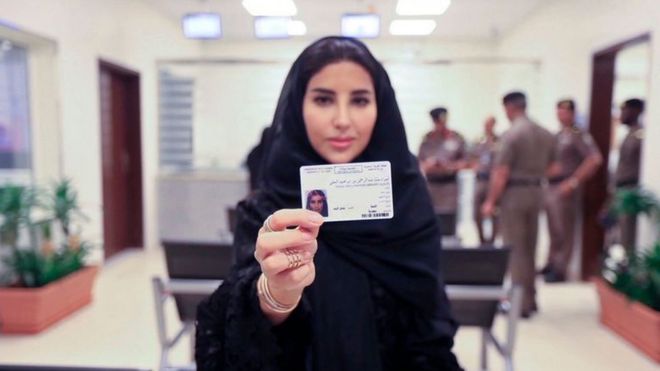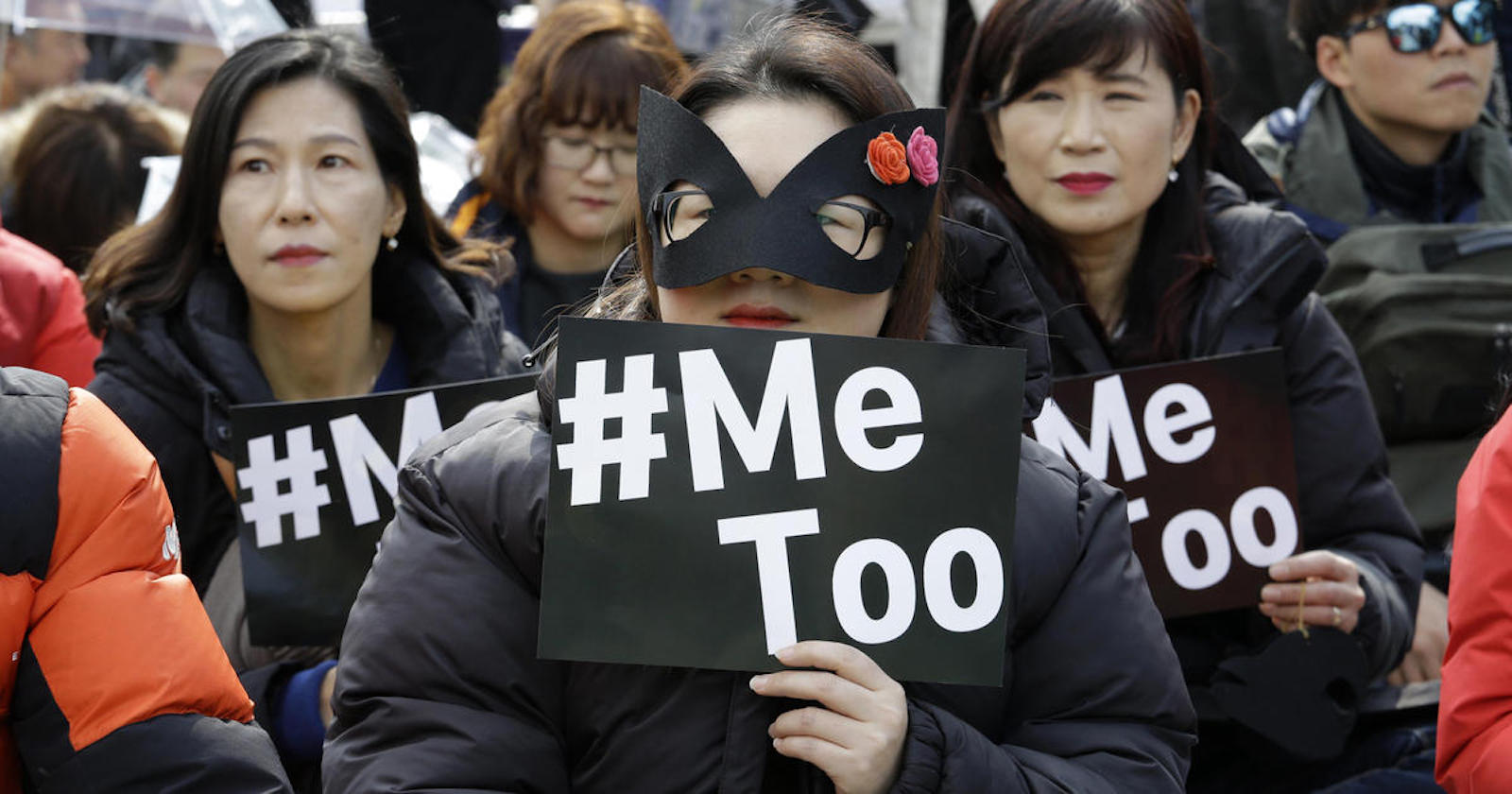Gender Equality in Iceland

Iceland is a significant example for gender equality in the world. Iceland has always acknowledged the
need for equal rights among men and women. Women are treated no different than men and are seen as
essential to their society unlike many other countries. Because of this, Iceland ranks number one for
gender equality in the entire world (Erlingsdóttir & Marinósdóttir, 2017).
need for equal rights among men and women. Women are treated no different than men and are seen as
essential to their society unlike many other countries. Because of this, Iceland ranks number one for
gender equality in the entire world (Erlingsdóttir & Marinósdóttir, 2017).
Having such a high rank in gender equality does not come easy. According to Erlingsdóttir and Marinósdóttir (2017), "It requires the collective action and solidarity of women human rights defenders, political will, and tools such as legislation, gender budgeting and quotas," (Erlingsdóttir & Marinósdóttir, 2017). This collective action has allowed Iceland to achieve gender equality in many areas. Iceland currently has the most narrow wage gap. In order to accomplish this, Parliament pushed to implement an equal pay law that required companies in Iceland to demonstrate that they were following through with this wage reform act, (Domonoske, 2018). If companies do not exhibit their equal employee pay between men and women, they are subject to fines, (Domonoske, 2018). Iceland is still aiming to completely close their gender wage gap within the next 5 years, (World Economic Forum). Furthermore, in regard to politics, in 2016 48% of Iceland’s members of Parliament were women, (World Economic Forum, n.d.). This is almost half women while some countries do not even allow women to hold political seats! With this being said, there is no doubt that Iceland takes gender equality seriously and will do whatever they can in order to ensure both men and women are treated fairly.
Women in Iceland do not take this gender equality for granted. In fact, "the success can be attributed to women taking power and creating alternatives to the male dominant "truths"," (Erlingsdóttir & Marinósdóttir, 2017). In other words, women do not shy away from making their environment more fair than it already is. They contribute to society through education, the workforce, and political seatings just as men do. Just like almost every other country in the world, Iceland was once a country that had a wide gender gap. However, through acknowledgement of gender equality and their actions to make a just society, they have proven gender equality can be achieved.
References
Erlingsdóttir, R. Marinósdóttir, M. (2017). This is why Iceland ranks first for gender equality. Retrieved from https://www.weforum.org/agenda/2017/11/why-iceland-ranks-first-gender-equality/
Domonoske, C. (2018). Companies In Iceland Now Required To Demonstrate They Pay Men, Women Fairly. NPR. Retrieved from https://www.npr.org/sections/thetwo-way/2018/01/03/575403863/companies-in-iceland-now-required-to-demonstrate-they-pay-men-women-fairly.
World Economic Forum. (n.d.). Iceland is the best country in the world to be a woman. Retrieved from https://www.weforum.org/agenda/2017/11/why-iceland-ranks-first-gender-equality/



